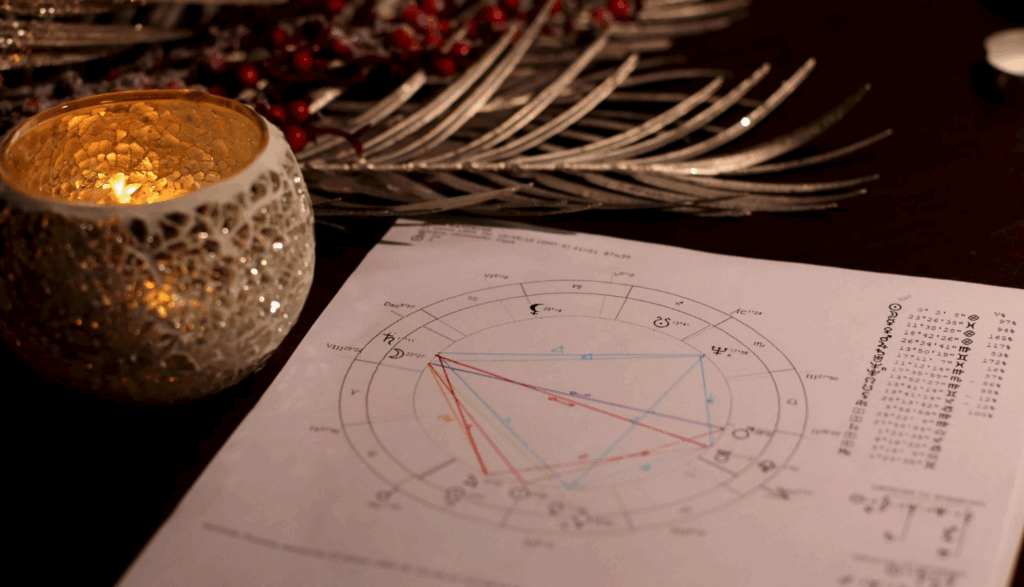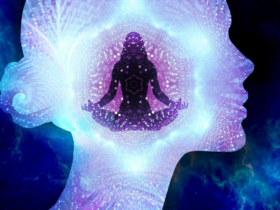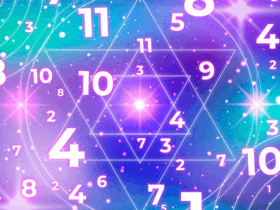Numerology, often viewed as a mystical or spiritual practice, is deeply rooted in mathematical logic. Behind every number in a numerology chart lies a clear structure, governed by patterns, calculations, and symbolic relationships. When we explore the “logic of destiny,” we are, in essence, decoding the numeric blueprint that shapes individual experiences and life paths.
At the core of numerology charts are key numbers derived from a person’s full birth name and date of birth. These include the Life Path Number, Expression Number, Soul Urge Number, and others. The process to arrive at each of these is strictly mathematical—reducing sums to their single-digit or master number form (11, 22, 33), according to consistent reduction rules. For instance, someone born on July 15, 1990 would calculate their Life Path number by summing each component: 7 + 1 + 5 + 1 + 9 + 9 + 0 = 32 → 3 + 2 = 5.

What makes numerology intriguing is that while the calculations are fixed and logical, the interpretation of these numbers introduces symbolism and insight. Each digit is believed to carry archetypal meaning: 1 signifies leadership, 2 balance, 3 creativity, and so on. The logic lies not only in the numbers themselves but in the relationships between them. For example, the compatibility or tension between numbers in a chart can mirror internal conflicts or strengths.
Moreover, the pinnacle cycles, personal years, and challenges in numerology follow a timeline that mirrors mathematical cycles. These patterns suggest a rhythm to life that aligns with numerical transitions, almost like equations predicting emotional and personal growth stages.
In essence, numerology bridges the intuitive with the analytical. Its structure demonstrates that destiny, rather than being entirely random, may follow a hidden, logical order—one written in numbers, patiently waiting to be understood.
Related: Numerology and the Path to Optimal Health: A Vibrational Approach




















